1
About Camera
Use the DSLR camera if you have one. If you are using your smartphone, use your backface camera and clean your lens. Shoot in your highest resolution (record in 4K) and turn off the HDR.
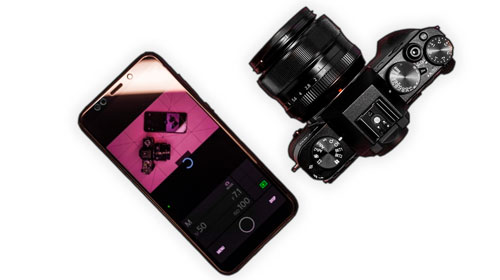
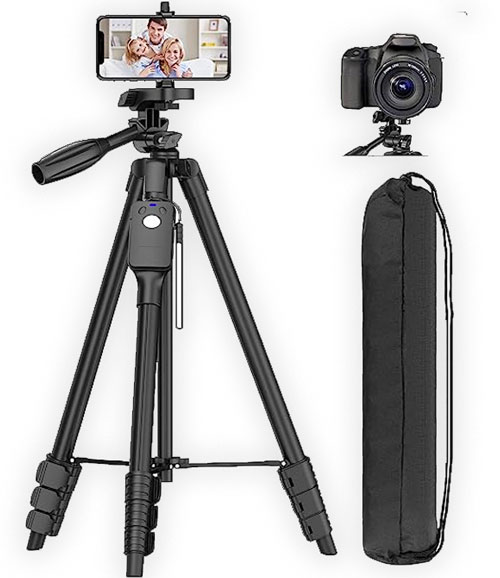
2
About Tripod
Use a tripod for your smartphone or if you don't have one, find a flat surface, stack a few books on top of each other and put your laptop on them, and you can place your phone on your laptop and use that. Sit about four to five feet from your device. Just a good rule of thumb is if you can reach out and just about touch your device, that's about the proper distance, and that's going to give you good audio quality because you're sitting closer to the built-in microphone on your device. It is also going to give you the right framing.
3
About Framing
About framing, turn on the grid option of your camera and try to put your face in the intersection of the top and right or left lines. You need to be close enough to the camera, and there should not be anything distracting behind you. Clean up the background. Make sure that you're just filming in front of a white wall or in front of a pretty plain backdrop. Avoid cluttered backgrounds. Make sure that you are looking into the camera lens, not at your device LCD during your recording. Record video in the horizontal format. In terms of framing, you do not want to have too much headroom above your head and make sure to set up your device at eye level. (There should be just a little space between the top of your head and the top of the frame.)
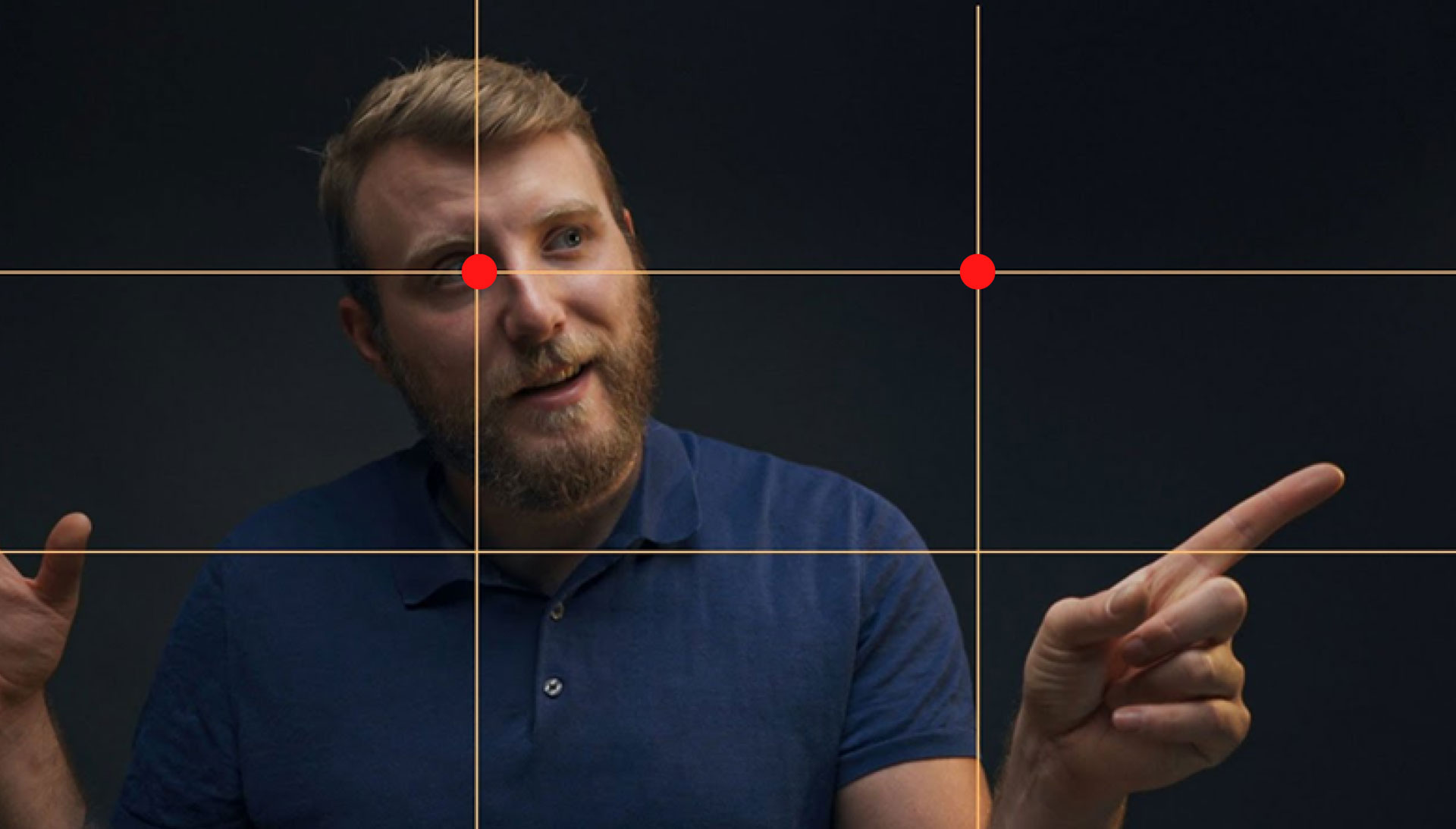
4
About Voice
Try to choose a space that probably is a little on the smaller side, and the reason why I say that is because of the acoustics. If you use a larger room, you will have a lot of reverb and echo. The soft surfaces such as upholstered furniture, the carpeting on the floor, draperies or fabric blinds can help absorb some of that sound and give you nice clean audio. Make sure there is no background noise.
Close the windows, turn off the TV, avoid fridges and any noisy furniture, and turn off any distracting noise or humming in the background to ensure that your audio is clear. Use a portable mic if you have one, or use your AirPods as a mic. You can also use another phone instead of a mic: put the second phone close to yourself to record your voice more clearly and send your voice and video file separately.
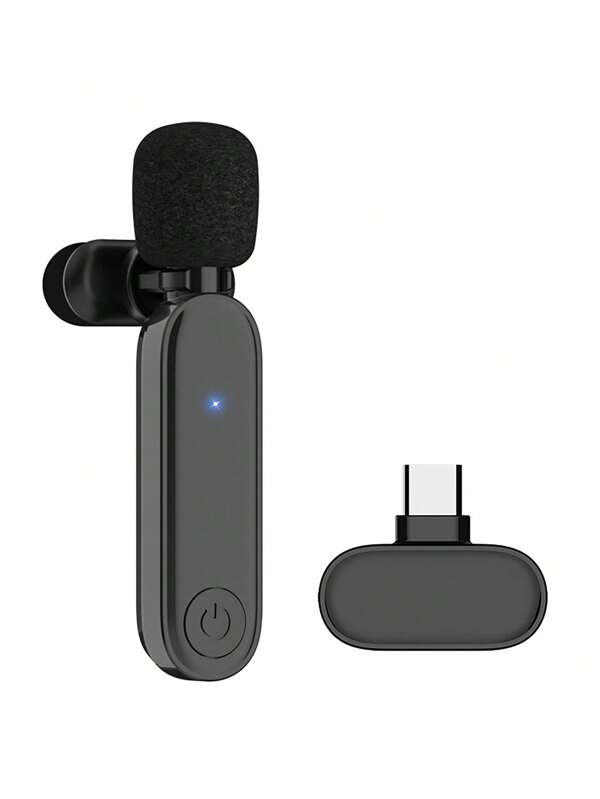
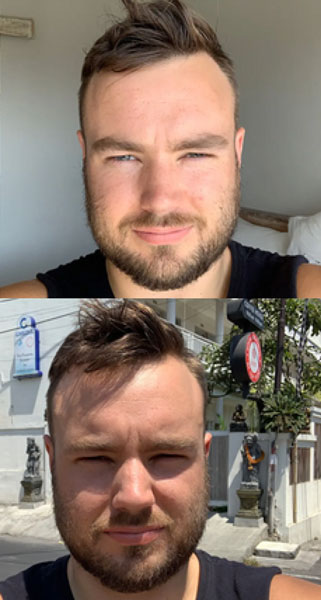
5
The Light
The best time for shooting is early in the morning or in the evening to late at night because the light is usually at its softest. The light source needs to be in front of your face. Make use of natural light and film near the window. Make sure you are facing the windows, not the windows behind you. You can certainly use artificial lighting if you don't have natural light. Try to use sources that are at about eye level. So a desk lamp is fine, a table lamp. Avoid using overhead lighting like the recessed lighting we often have in offices or homes
6
Out Fit
Wear clothes that you would wear if you were meeting your audience in person.
7
Test Shot
Finally, before starting recording, DO A TEST SHOT.
A Comprehensive Guide to Setting Up Your Video Podcast
We believe this guide will be a valuable resource in helping you create a professional and engaging video podcast. It contains all the necessary information to get you started on the right track.
